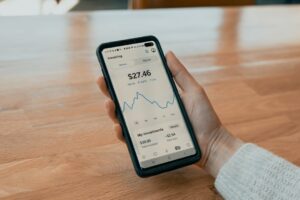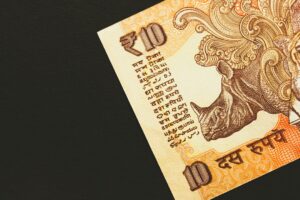Why Timing is Everything in the Forex Markets
The foreign exchange market, also known as the forex market, is the largest and most liquid market in the world. With trillions of dollars being traded on a daily basis, it offers numerous opportunities for investors to profit. However, success in the forex market is not solely determined by the right strategy or analysis. Timing plays a crucial role in maximizing profits and minimizing losses. In this article, we will explore why timing is everything in the forex markets.
One of the primary reasons why timing is crucial in forex trading is because the market operates 24 hours a day, five days a week. Unlike other financial markets that have specific trading hours, the forex market is open around the clock. This means that currency pairs can experience significant price movements at any time. It is important for traders to be aware of the market’s active hours and focus their trading activities during these periods to take advantage of volatility.
The forex market is also heavily influenced by economic events and news releases. Economic indicators such as GDP reports, employment data, and central bank announcements can have a significant impact on currency prices. Traders need to be aware of the economic calendar and the timing of these events to make informed trading decisions. For example, if a trader expects a positive economic report for a particular country, they may want to enter a long position in that currency before the news is released to capitalize on potential price appreciation.
Moreover, timing is crucial when it comes to entering and exiting trades. The forex market is highly volatile, and prices can fluctuate rapidly. Traders need to carefully time their entries and exits to minimize the risk of slippage and maximize profits. A well-timed entry can provide a trader with a better risk-to-reward ratio, while a well-timed exit can lock in profits or limit losses. Technical analysis tools such as trend lines, support and resistance levels, and oscillators can assist traders in identifying optimal entry and exit points.
Another aspect of timing in forex trading is the concept of session overlaps. The forex market is divided into three major trading sessions – the Asian, European, and North American sessions. When two sessions overlap, there is typically an increase in trading volume and volatility. This can provide traders with more trading opportunities and potential profit. For example, during the overlap between the European and North American sessions, there is usually increased liquidity and price movements, making it an ideal time for active traders to execute their strategies.
Furthermore, timing is essential when it comes to managing risk in the forex market. Money management and risk control are vital components of a successful trading strategy. Traders need to time their trades in a way that allows them to maintain a favorable risk-to-reward ratio. This involves setting appropriate stop-loss orders and profit targets based on market conditions and volatility. A well-timed stop-loss order can help limit losses and protect capital, while a profit target can ensure that profits are locked in before the market reverses.
In conclusion, timing is everything in the forex markets. Traders need to be aware of the market’s active hours, economic events, and session overlaps to maximize trading opportunities. They also need to carefully time their entries and exits to minimize risks and optimize profits. The forex market is fast-paced and constantly changing, and traders who understand the importance of timing can gain a competitive edge in this dynamic market.





